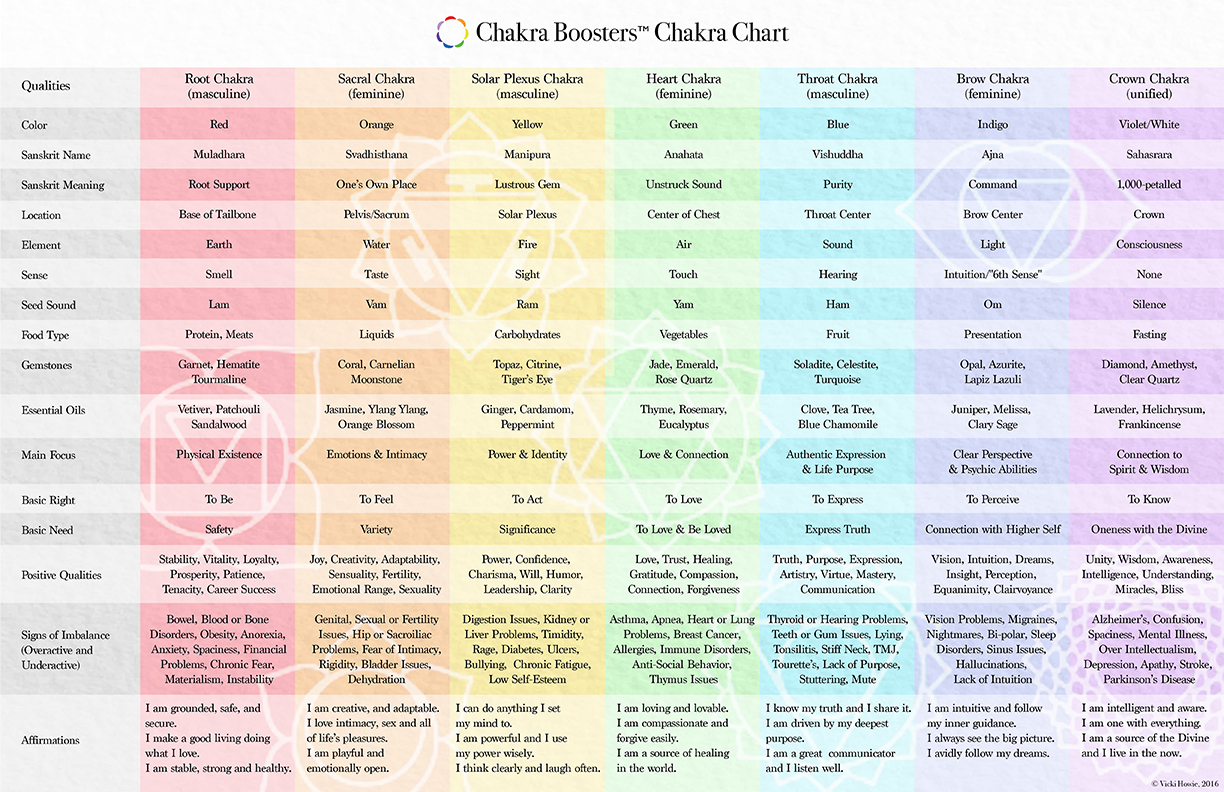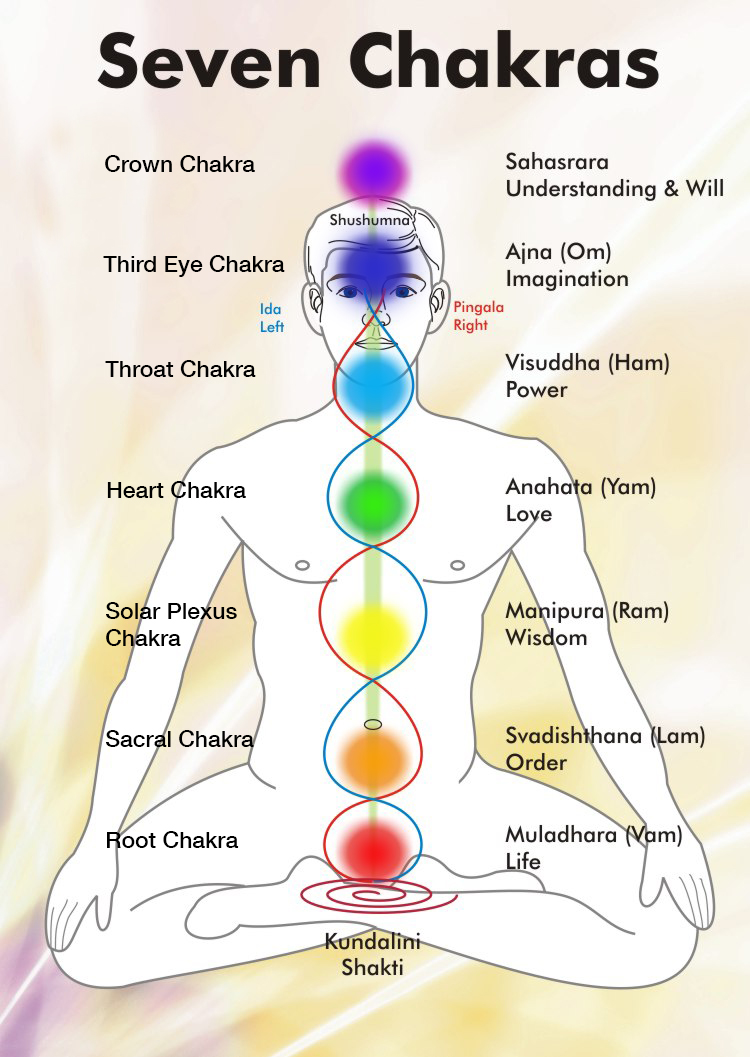Chakras 101: A Beginner’s Guide to 7 Chakras (Colors, Chart, and Healing)
Chakra Chart | 7 Chakras Charts For Beginners – 7 Chakra Store
 Are you ready to embark on a journey of self-discovery and holistic healing? Today, we’ll be diving into the fascinating world of chakras. From vibrant colors to intricate charts, we’ll explore the seven chakras and their significance in our overall well-being.
Are you ready to embark on a journey of self-discovery and holistic healing? Today, we’ll be diving into the fascinating world of chakras. From vibrant colors to intricate charts, we’ll explore the seven chakras and their significance in our overall well-being.
Before we delve into the details, let’s understand what chakras are. In ancient Indian spiritual traditions, chakras are considered energy centers within our bodies. These energy wheels are believed to play a vital role in maintaining physical, emotional, and spiritual balance.
Pin on Chakras
 Now, let’s explore the seven main chakras:
Now, let’s explore the seven main chakras:
Root Chakra
 The root chakra, also known as the Muladhara, is associated with the color red. It is located at the base of the spine and represents our foundation and connection to the Earth. When this chakra is balanced, we feel secure, grounded, and stable.
The root chakra, also known as the Muladhara, is associated with the color red. It is located at the base of the spine and represents our foundation and connection to the Earth. When this chakra is balanced, we feel secure, grounded, and stable.
Sacral Chakra
 The sacred sacral chakra, also known as Svadhisthana, is associated with the color orange. It is located just below the navel and represents our creativity, passion, and sensuality. When this chakra is in balance, we experience a harmonious flow of emotions and a deep connection with our inner selves.
The sacred sacral chakra, also known as Svadhisthana, is associated with the color orange. It is located just below the navel and represents our creativity, passion, and sensuality. When this chakra is in balance, we experience a harmonious flow of emotions and a deep connection with our inner selves.
Solar Plexus Chakra
 The solar plexus chakra, also known as Manipura, is associated with the color yellow. It is located in the upper abdomen and is often referred to as our power center. This chakra represents our confidence, personal power, and ability to manifest our desires. When balanced, we feel motivated, assertive, and in control of our lives.
The solar plexus chakra, also known as Manipura, is associated with the color yellow. It is located in the upper abdomen and is often referred to as our power center. This chakra represents our confidence, personal power, and ability to manifest our desires. When balanced, we feel motivated, assertive, and in control of our lives.
Heart Chakra
The heart chakra, also known as Anahata, is associated with the color green. As the name suggests, this chakra is located in the center of the chest and represents our capacity to love and form meaningful connections. When balanced, we experience compassion, unconditional love, and harmonious relationships.
Throat Chakra
 The throat chakra, also known as Vishuddha, is associated with the color blue. It is located in the throat area and governs our communication and self-expression. When this chakra is in balance, we speak our truth with clarity, listen effectively, and express ourselves authentically without fear of judgment.
The throat chakra, also known as Vishuddha, is associated with the color blue. It is located in the throat area and governs our communication and self-expression. When this chakra is in balance, we speak our truth with clarity, listen effectively, and express ourselves authentically without fear of judgment.
Third Eye Chakra
 The third eye chakra, also known as Ajna, is associated with the color indigo. It is located between the eyebrows and is often referred to as our intuition center. This chakra represents our inner wisdom, intuition, and spiritual awareness. When balanced, we trust our inner guidance and have a clear vision of our life’s purpose.
The third eye chakra, also known as Ajna, is associated with the color indigo. It is located between the eyebrows and is often referred to as our intuition center. This chakra represents our inner wisdom, intuition, and spiritual awareness. When balanced, we trust our inner guidance and have a clear vision of our life’s purpose.
Crown Chakra
 The crown chakra, also known as Sahasrara, is associated with the color violet or white. It is located at the top of the head and is considered the highest energy center in our bodies. This chakra represents our connection to the divine and universal consciousness. When balanced, we experience spiritual growth, enlightenment, and a profound sense of inner peace.
The crown chakra, also known as Sahasrara, is associated with the color violet or white. It is located at the top of the head and is considered the highest energy center in our bodies. This chakra represents our connection to the divine and universal consciousness. When balanced, we experience spiritual growth, enlightenment, and a profound sense of inner peace.
In conclusion, understanding and balancing our chakras can have a transformative impact on our overall well-being. By aligning these energy centers, we can enhance our physical health, emotional stability, and spiritual awakening. Whether you are new to the concept of chakras or looking to deepen your knowledge, exploring the vibrant charts and colors associated with each chakra can be a powerful tool on your journey of self-discovery.
Chakra Poster Template
 Remember, as you explore the world of chakras, it’s essential to approach this practice with an open mind and heart. Embrace the transformative power of chakras, and may your journey be filled with love, healing, and personal growth.
Remember, as you explore the world of chakras, it’s essential to approach this practice with an open mind and heart. Embrace the transformative power of chakras, and may your journey be filled with love, healing, and personal growth.